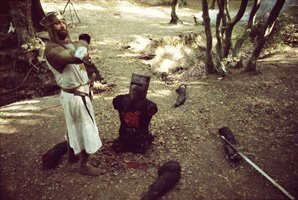Uh, there is zero logical basis for the idea of Vancouver's Expo/Millennium Line having to switch to conventional rail because of this purchase. I don't even understand how you or others are drawing this conclusion (if this is true then Toronto's subways are also doomed to have to go through gigantic billion-dollar rebuilds to convert the track gauge to standard gauge). Go ask your contacts at rail companies, email them, w/e but they will tell you the exact same thing: there is ZERO logical basis for this.
The only remotely "proprietary" component of the E/M lines (the linear induction motor) isn't even manufactured by Bombardier. In case you're curious, the company that makes them is called Unit Electrical Engineering and it is a multifaceted industrial company based in the B.C. Interior. I feel like this is the first time many of you are finding out about this, but Bombardier simply employs the LIM made by this company in its vehicle design. They are also most certainly not the only compatible producer because a different company makes the LIMs used by the same Mk III vehicles in Malaysia (this is why they sound completely different from the Vancouver cars. It's an LIM just the same, made by some other Asian industrial company)
Everything else is based on design specifications (i.e. height, width, loading gauge, weight) that are set by TransLink, and could be reasonably accomplished by most experienced rolling stock manufacturers. Heck, even if the current Mark III car body design were the only possible design that could fit (say) the weight specifications, Alstom has no reason to discard the Mark III design blueprints and can still make them as long as the manufacturing facilities exist. As proof that no company ever discards old blueprints, I will note that we in Vancouver are getting brand spanking new Rotem cars on the Canada Line and they are using the exact same outdated design as the first-gen cars from 10 years ago. NO interior/exterior design changes at all.
As far as I'm aware the Kingston, Sahagun Mexico and New York facilities are all equipped to manufacture these rail vehicles, just as they are equipped to manufacture a number of other rail vehicle designs (there was this picture I saw once of a Mk III train being manufactured alongside a BART fleet of the future train). Alstom has no reason to discard any of these facilities - on the contrary I believe they will be expanded, as they all give Alstom strong bases in NA to compete with Chinese rolling stock manufacturers (which are starting to reach even NA cities, i.e. Boston's tall order from CRRC for its Orange Line subway).
It is very likely that Alstom will merge or discard some Bombardier marketing brands and instead offer products under their own brands, so that all metro vehicles are produced under their "Metropolis" brand or all trams under their "Citadis" brand, that doesn't mean we're going to have cities unable to get the rolling stock they need or that any designs will be discontinued. Let's say that in the future the TTC needs new subway cars but decides that the Toronto Rocket carbody design is re-used (let's hope it's not and you guys actually get some new stuff), you could get the same Toronto Rocket trains from Alstom branded as "Alstom Metropolis" cars. Alstom will have the intellectual property and facilities acquired from Bombardier to pull it off. It's that simple.






